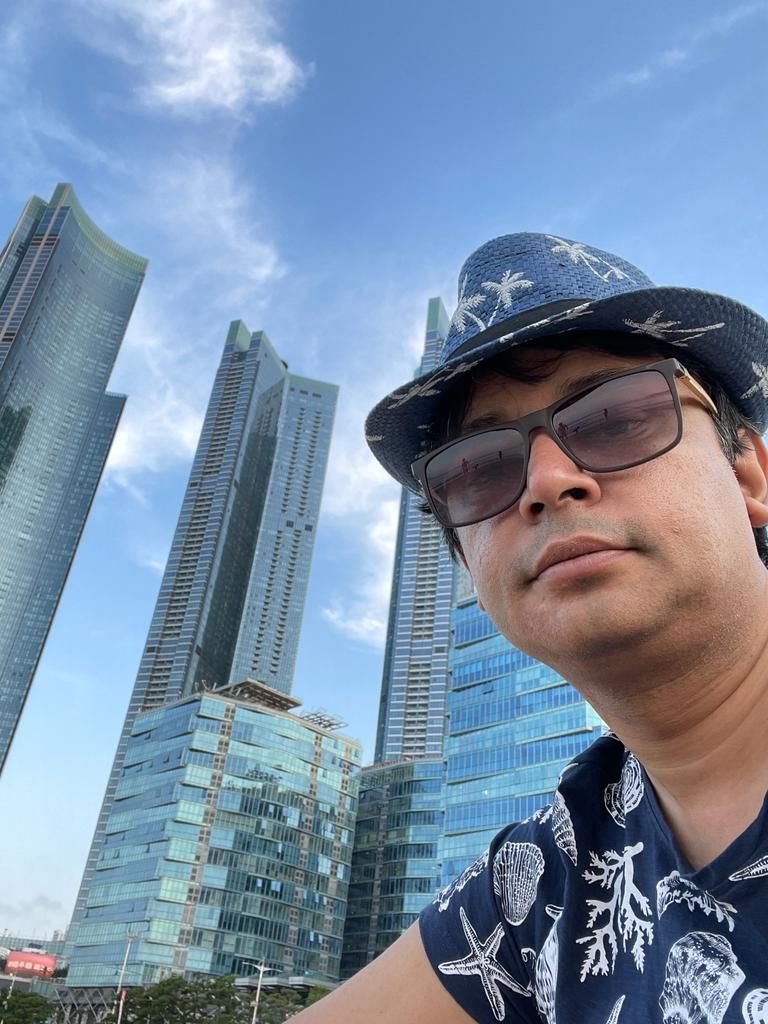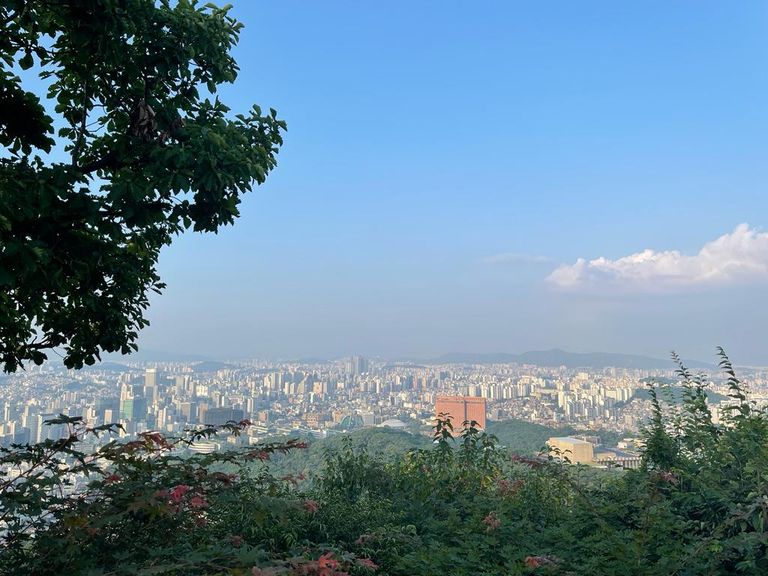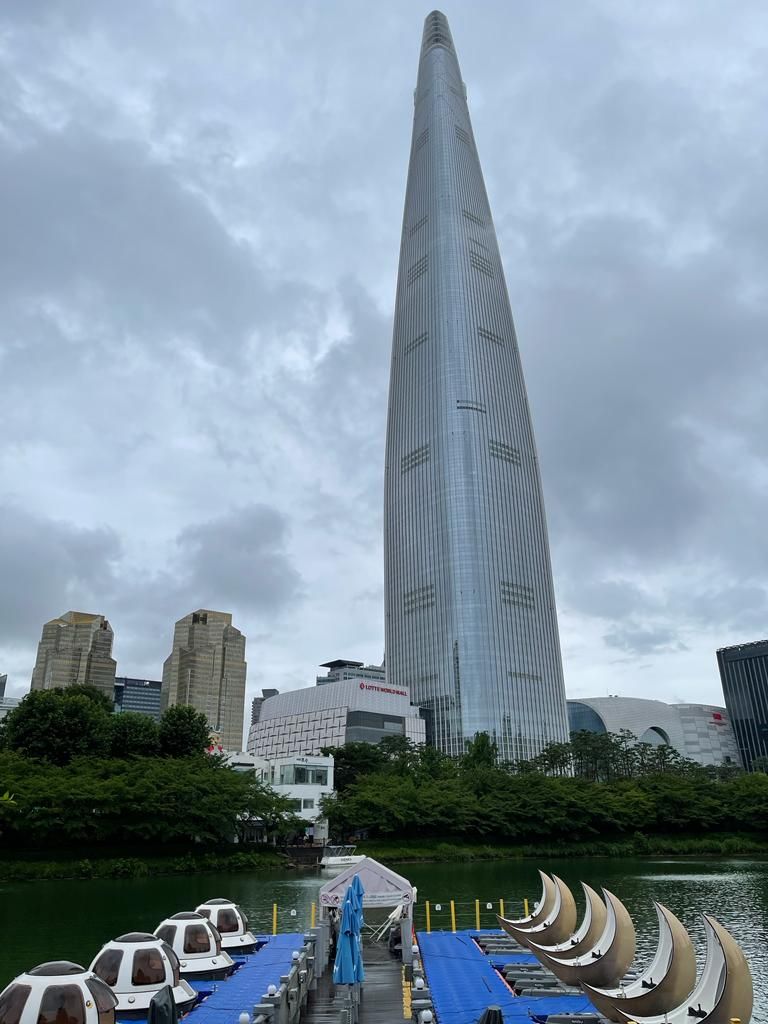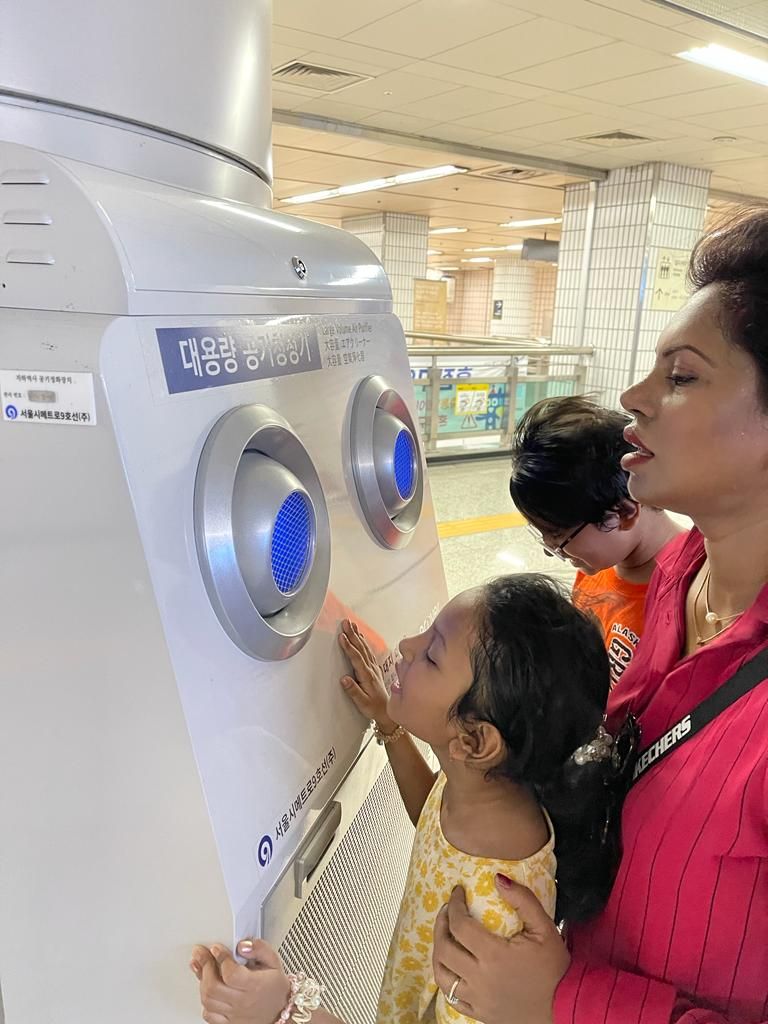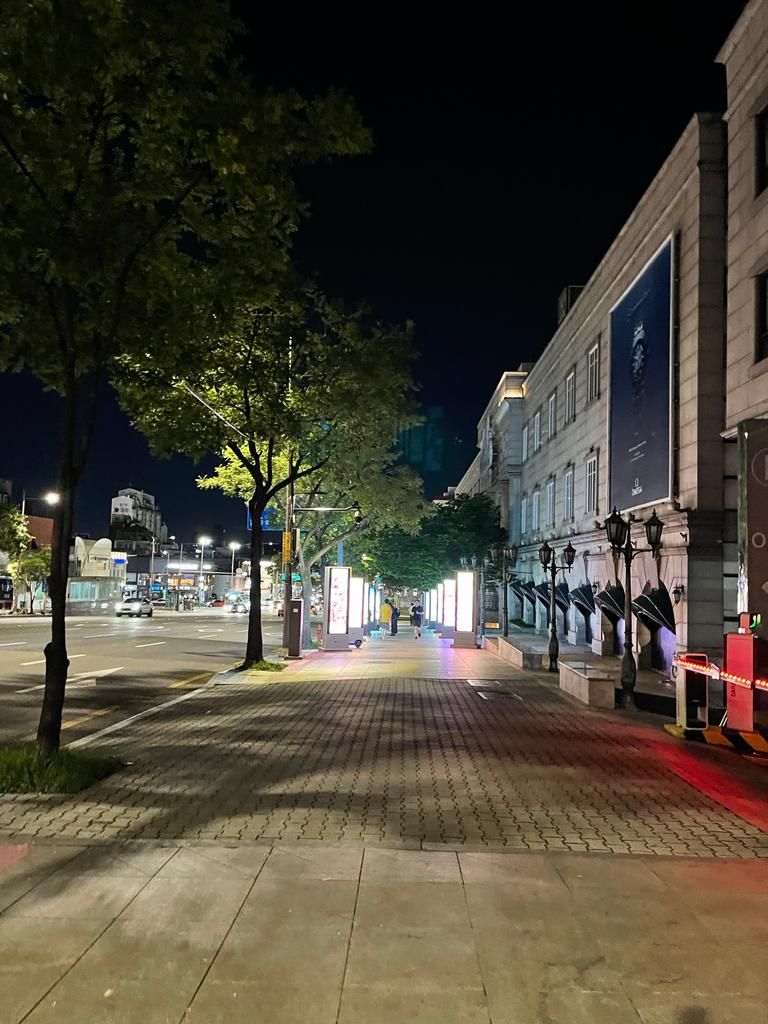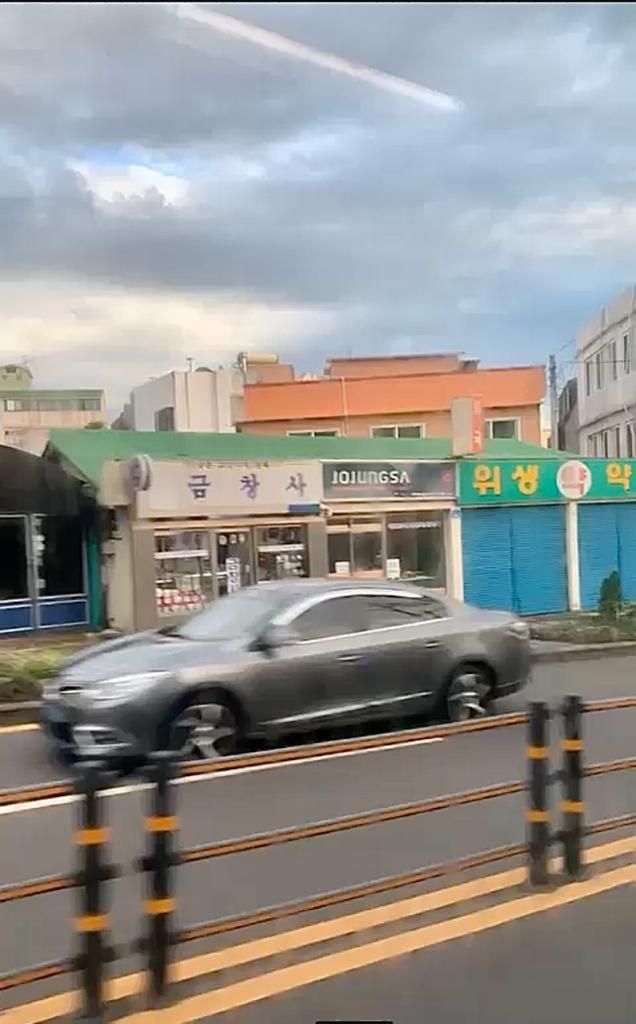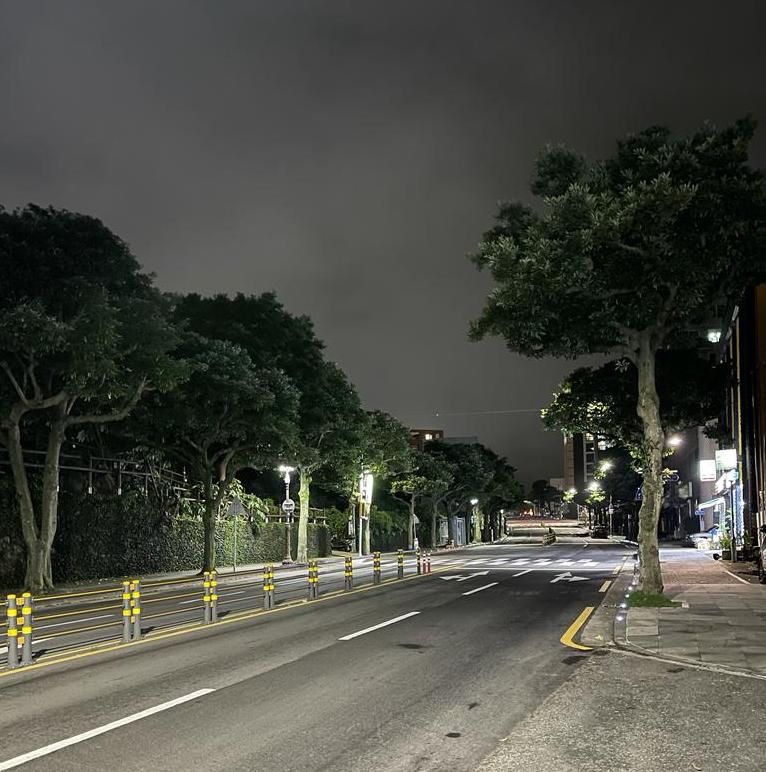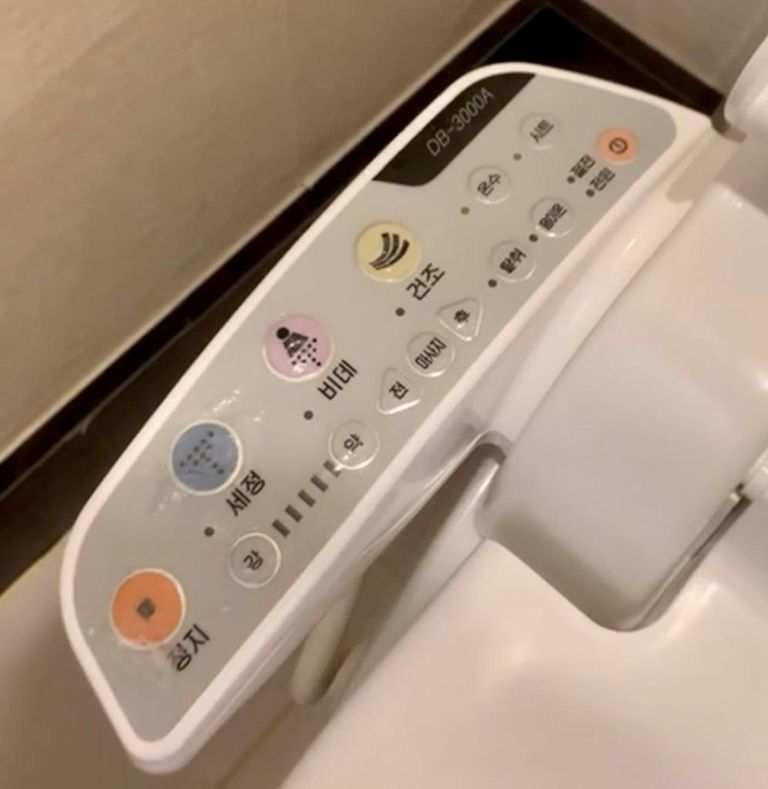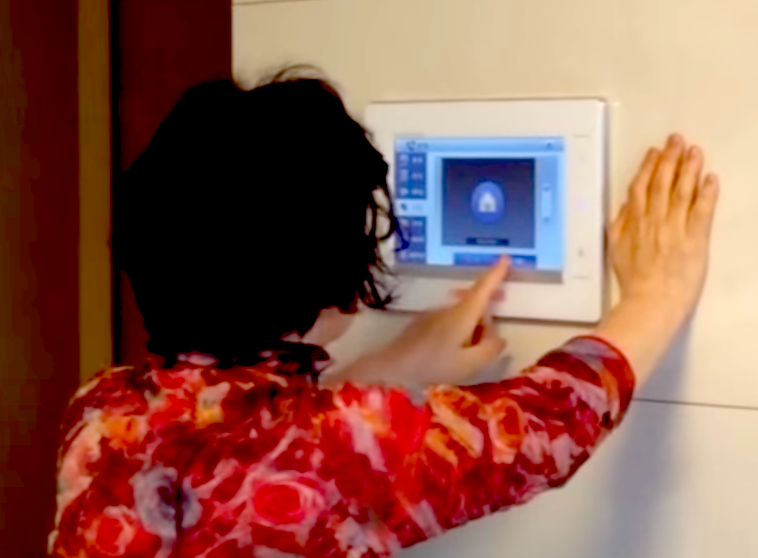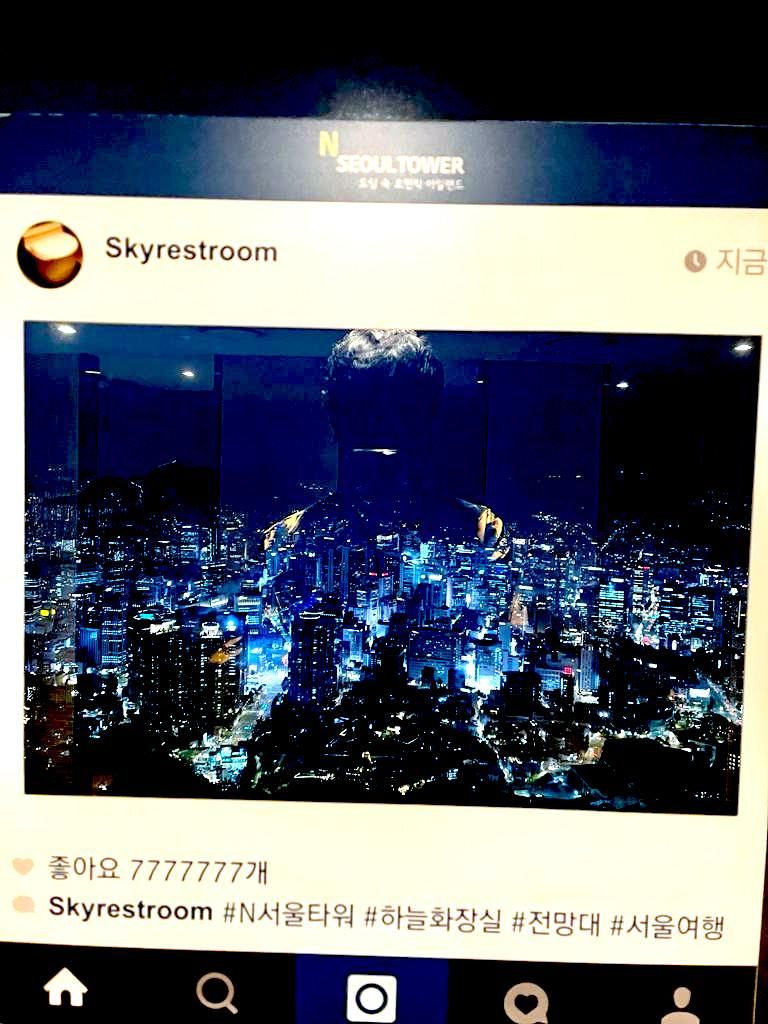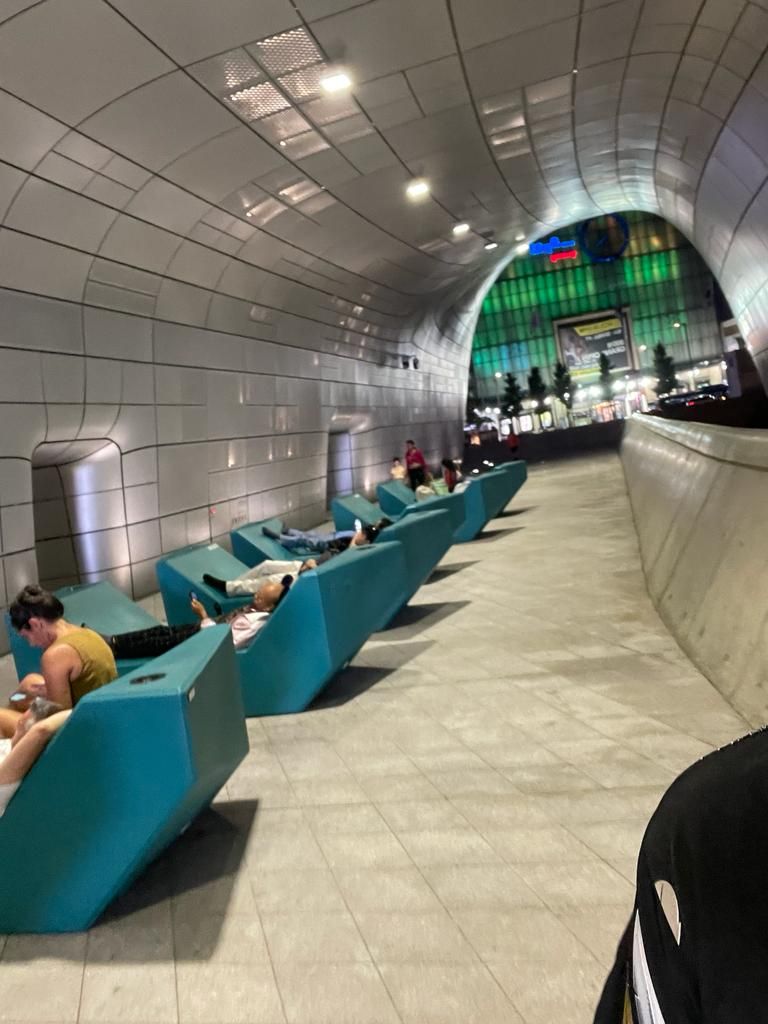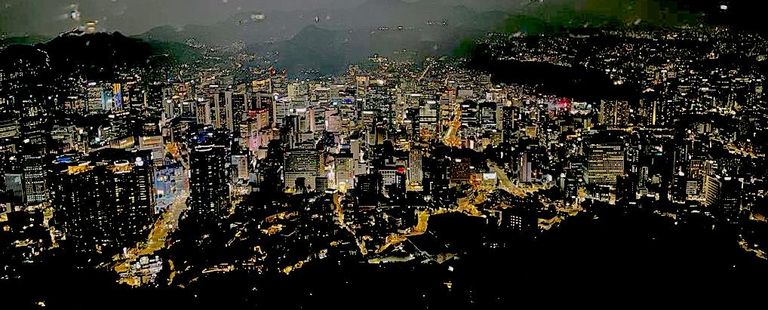
I dream of Bangladesh being South Korea - with homegrown technologies
Recently, I traveled to South Korea (Seoul, Busan and Jeju Island). Although I have traveled to more than 20 countries in Asia, I must admit that the integration of advanced technologies into the daily lives of Koreans is nothing short of awe-inspiring. We all know that South Korea is at the forefront of innovation, from smartphones to cars to robots. However, what many people don't realize is that South Korea is using homegrown technologies to improve everyday life. In this article, I am going to talk about:
- South Korea's embrace of its homegrown technologies and innovations, from transportation to households to even the smallest street shops.
- Technological Renaissance: What factors made this South Korean story a success?
- How Bangladesh can follow South Korea's footsteps to become a future-forward society?
1. South Korea's embrace of its homegrown technologies and innovations
Internet
One of the first things I do when I visit any country is to buy a local SIM card and an unlimited internet package from the airport. This time was no different. You can get internet-only, internet and call, and Wi-Fi packages from KT/SK/LG telecom providers at Incheon Airport in Seoul. The internet in South Korea is very fast, with an average download speed of over 90 Mbps. As of 2022, 99.7% of the population has internet access, which is significantly higher than the global average of 62.5%.
Apps
If you visit South Korea, you cannot get by without using their homegrown apps.
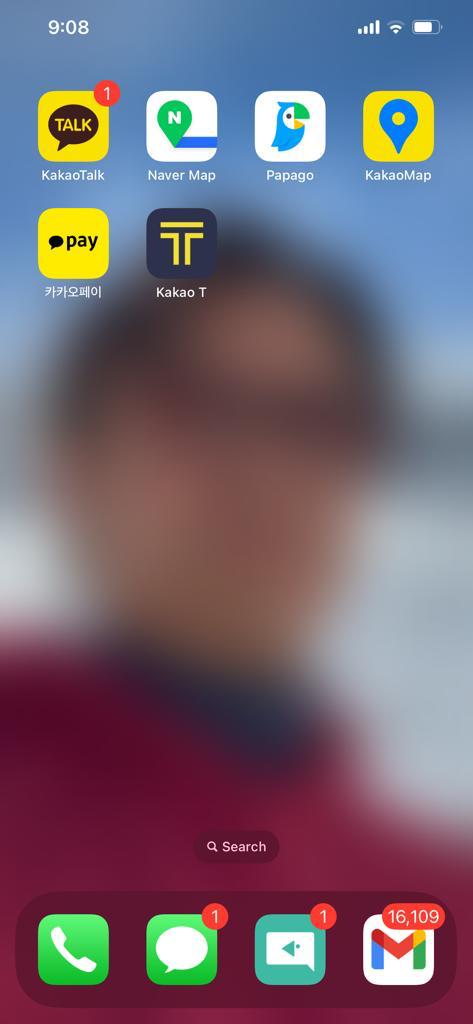
I have downloaded their homegrown apps before I went to South Korea. I will discuss some of the apps here.
KakaoTalk Ecosystem
A shining example of South Korea's digital prowess is the homegrown messaging app, KakaoTalk, which has transformed into an all-encompassing ecosystem. Introduced in 2010, KakaoTalk went beyond the realms of a typical messaging app. Today, it seamlessly integrates services like Kakao T (a taxi-hailing/Uber alternative), payments, music, and even e-commerce.
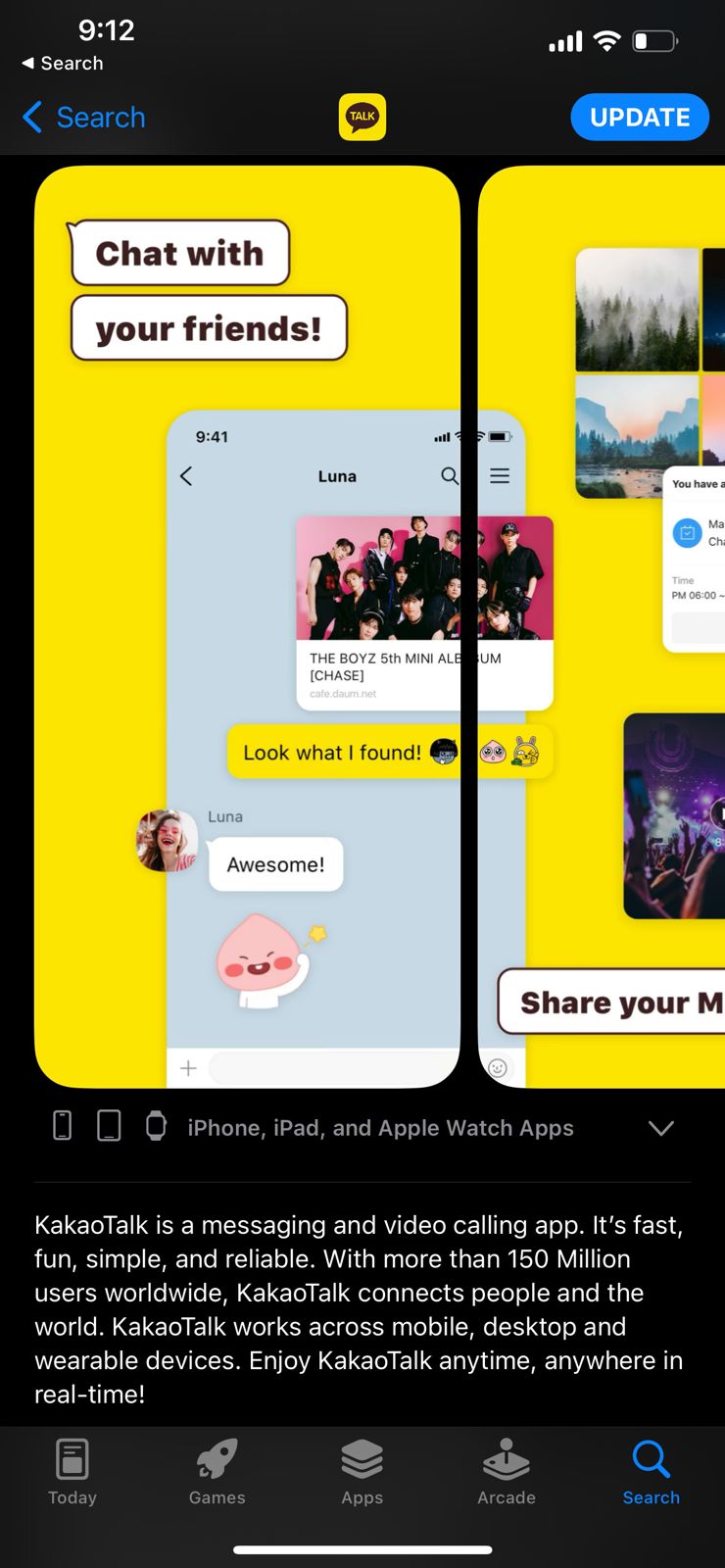
It's hard to find a Korean who doesn't use KakaoTalk in some form or another. If you want to communicate with Koreans, KakaoTalk is the app you use. According to Statista, out of more than 50 million active users worldwide of KakaoTalk, more than 47 million are based in South Korea. Let me remind you, South Korea's total population is about 52 million.
KakaoTalk's impact on daily lives is profound. Since Kakao Pay is integrated into the messaging app, it allows users to send money to friends and family with just a few taps. Need to pay at a street shop or split the bill at a restaurant? Just use KakaoPay. Need a ride? Kakao T is at your service. This seamless integration of services has not just made life more comfortable but has also promoted a cashless, efficient society. Kakao Pay has started its own bank, Kakao Bank. It is a mobile-only banking service offering loans, deposits, debit cards, and overseas remittances, among other financial services.
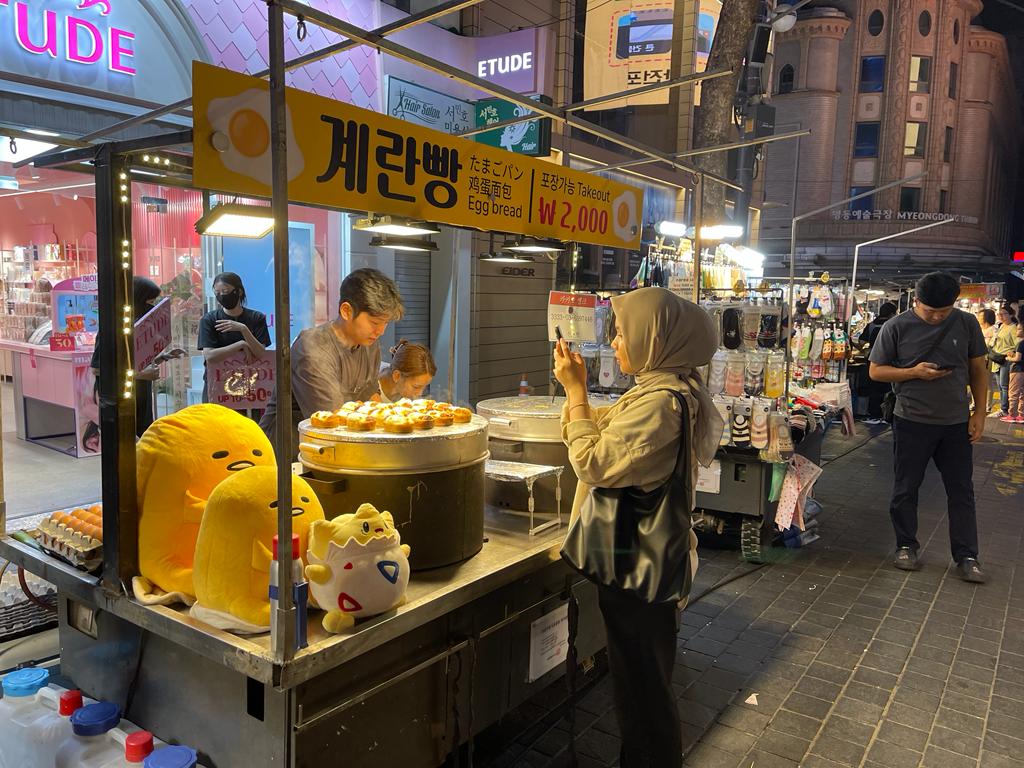
In the street shops, I was the only one paying with cash. Others were scanning QR codes with their mobile phones and paying.
It should be noted that WhatsApp works in Korea and is not restricted. Since we have created a homegrown platform for Bangladesh, I often get asked why people would use a local platform when a global player is present. Well, South Korea is proof that a homegrown platform can dominate the market despite the presence of global giants. I will explain why and how they dominate later in this article.
Naver ecosystem
Another example of a home grown technology that is used in South Korea is Naver. It is the top search engine in South Korea (51%) surpassing Google search (41%). The reason for success is localization.
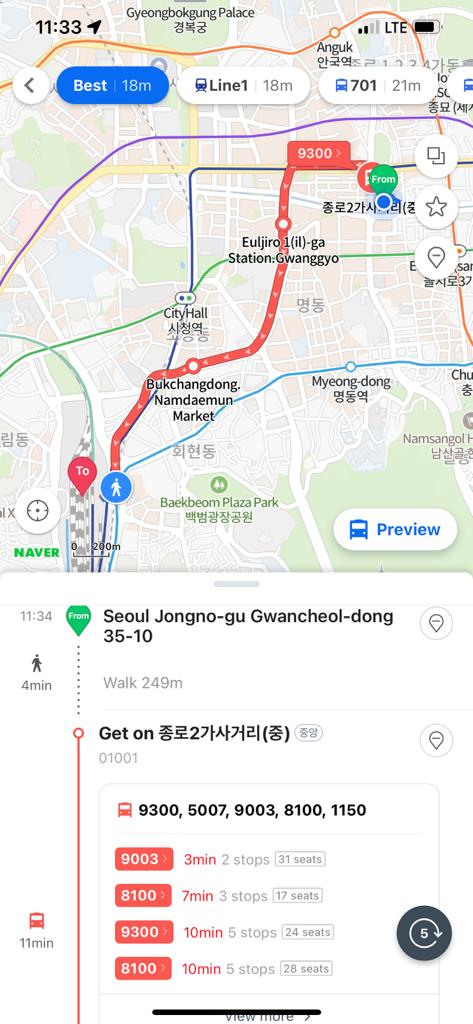
Naver Map is a navigation app developed by Naver, a South Korean search engine company. It is used by millions of people in South Korea for getting around. The app offers a variety of features that make it a very useful tool, such as real-time traffic information and public transportation directions. I have extensively used it while in South Korea to search for attractions nearby, to get directions to places, to know train and bus timings, to get walking directions, and more. You even get a live view as well. I would say it’s quite on par with Google Maps, which I used to move around all over Europe last year, but in Korea, Google Maps directions don’t work. Kakao Maps was there, but because of the English language support, I used Naver Maps.
Naver Pay is also very popular. Both Naver Pay and Kakao Pay support NFC and QR payments. You can also do person-to-person payments. Naver has its own eCommerce platform called Naver Shopping as well. As a foreigner, I didn’t use Naver Pay or Kakao Pay as they required a local bank account or card and a local phone number. Probably foreigners can use purchasing prepaid cards or adding international cards, but I preferred cash and card.
Papago
Papago is a translation app developed by Naver. It allows users to translate text, voice, and images. One of the app's outstanding capabilities is image recognition. Simply take a photo of a street sign or menu from a Korean restaurant, and the software will translate it into your preferred language.
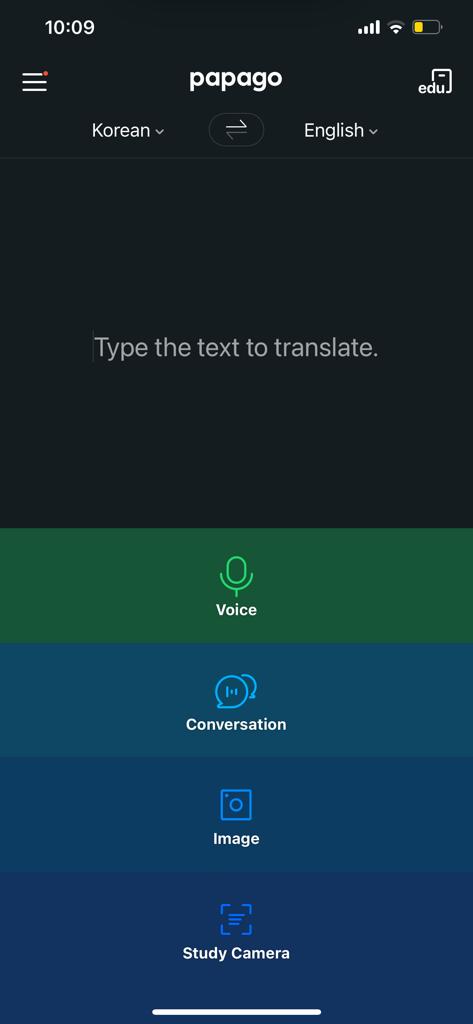 | 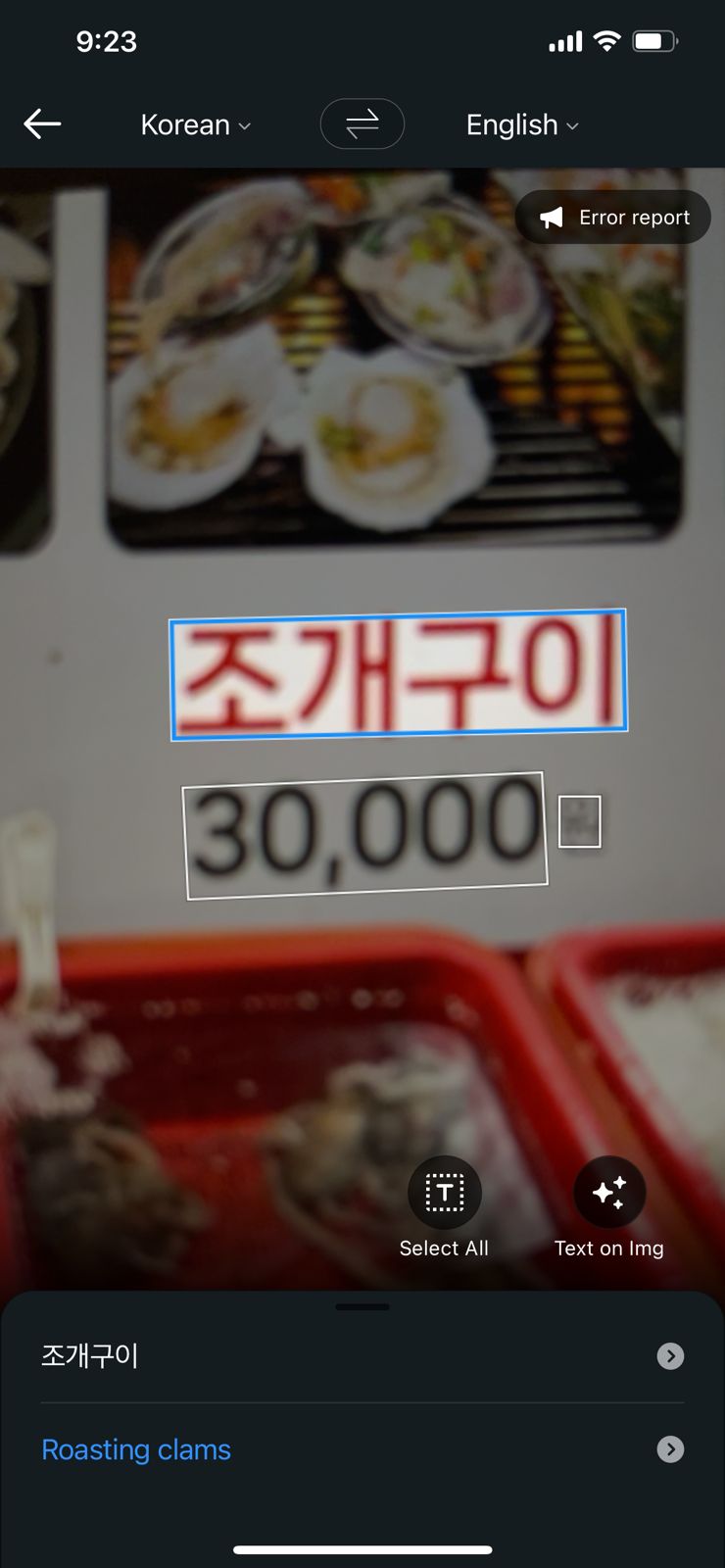 |
It was a lifesaver for me as many Koreans don't understand English.
These are just a few examples of how South Korea is using homegrown technologies to improve everyday life, which I have encountered. There are many other homegrown app examples, such as:
- T map (transportation)
- Samsung Pay (mobile payment)
- LG ThinQ (smart home)
- Coupang (Amazon alternative)
- Kakao Story (Instagram alternative)
- Baemin and Coupang eats (food delivery)
- Zigbang (real estate)
And the list goes on and on. From house cleaning to auto repair to pet sitting, you can find a local version of the app. These apps have made a real difference in the way people in South Korea live and work.
Transportation
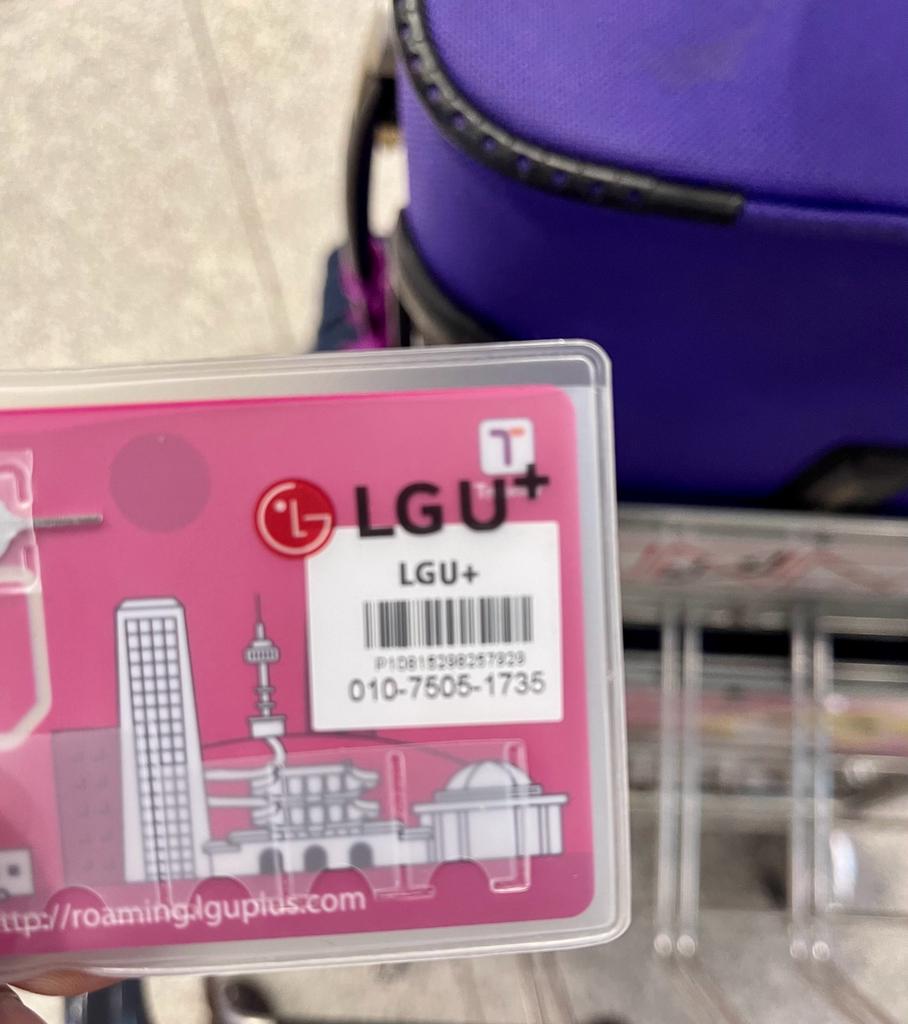
After getting a SIM card with internet, I purchased a T-money card from the airport. This rechargeable smart card or mobile app allows passengers to pay for virtually all forms of public transportation, including buses, taxis, and subways, and even for purchases in select stores. You can recharge it at any 7-eleven, CU, GS25, or E-mart, and you will find these stores everywhere you go. I used the T-money card for airport transfers, buses, subways, and even ferries.
For navigation, although I used Naver Map, there is also T map, which is widely used by Koreans. T map uses real-time traffic data and AI algorithms to provide accurate directions and estimated arrival times. It also offers features like parking space information and congestion prediction.
If you want to call a taxi, there's Kakao T, a ride-hailing app developed by Kakao Mobility, which offers various services including taxis, designated drivers, parking, and even bike-sharing.
At the heart of South Korea's capital, Seoul, lies the Seoul Metropolitan Subway system, one of the most extensive and technologically advanced subway networks in the world. Its integration with IoT technology, Wi-Fi connectivity, and digital signage systems ensures passengers have a convenient and connected journey.
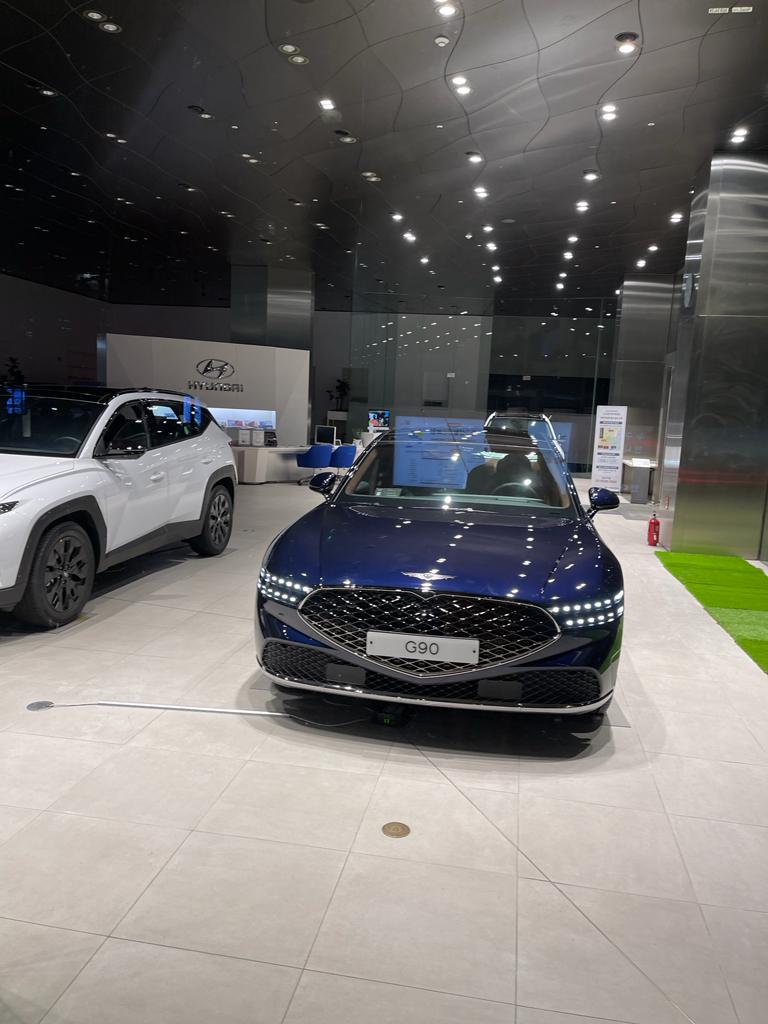
Cars are mostly of local brands Hyundai and KIA. In Seoul, I have seen many Hyundai Genesis series cars, which are comparable to BMW series 5. The South Korean government has encouraged EV adoption through initiatives like subsidies for EV purchases and expansion of charging infrastructure. The 'E-pit' concept developed by Hyundai, inspired by the speed and efficiency of F1 pit stops, offers ultra-fast EV charging.
I have hardly seen any major traffic on the roads. South Korea's transportation authorities use a system called "Smart Traffic Control" to optimize traffic flow. This system uses data from traffic cameras and sensors to adjust traffic signals in real-time, provide real-time traffic information to drivers, and even reroute buses and taxis. South Korea's smart buses are equipped with a variety of sensors and technologies. These sensors can detect traffic conditions, the number of passengers on board, and the location of the bus. This information is used to optimize the bus's route and speed. Smart buses also have Wi-Fi and USB ports. I heard that their government is testing autonomous taxis, buses, and drone deliveries in recent years.
Train to Busan. We took the Korea Train eXpress (KTX), a high-speed bullet train system that travels between Seoul and Busan at around 305 km/h. It takes about 2 and a half hours, with power outlets and Wi-Fi available on the train.
Smart Households
Hotel rooms are equipped with smart technologies. I found it interesting that there is a common remote for the TV and AC, lights that light up when you approach, an automatic toilet system with wash, dry, and flush, and a video doorbell for the room, among other features.
Smart home systems are widely used in Korea. This includes home automation systems that control lighting, temperature, multimedia, security, window and door operations, and more. Appliances are equipped with IoT. Brands such as LG ThinQ, Samsung SmartThings (for example, Samsung's Family Hub refrigerator allows users to see what's inside their fridge from their smartphones, leave digital notes, and even stream music or TV), Kakao home (which allows users to control their home appliances and devices with the KakaoTalk messaging app), Kakao i (Kakao i is an artificial intelligence (AI) voice assistant that can be used to control smart home devices and more. It is one of the most popular AI assistants in South Korea. Along with the “Hey Kakao” app, you can do similar things as Google Assistant or Amazon Alexa. What is interesting is that they have a kids mode and they even have a smart helmet integrated with “Hey Kakao”.)
Hi-tech Buildings
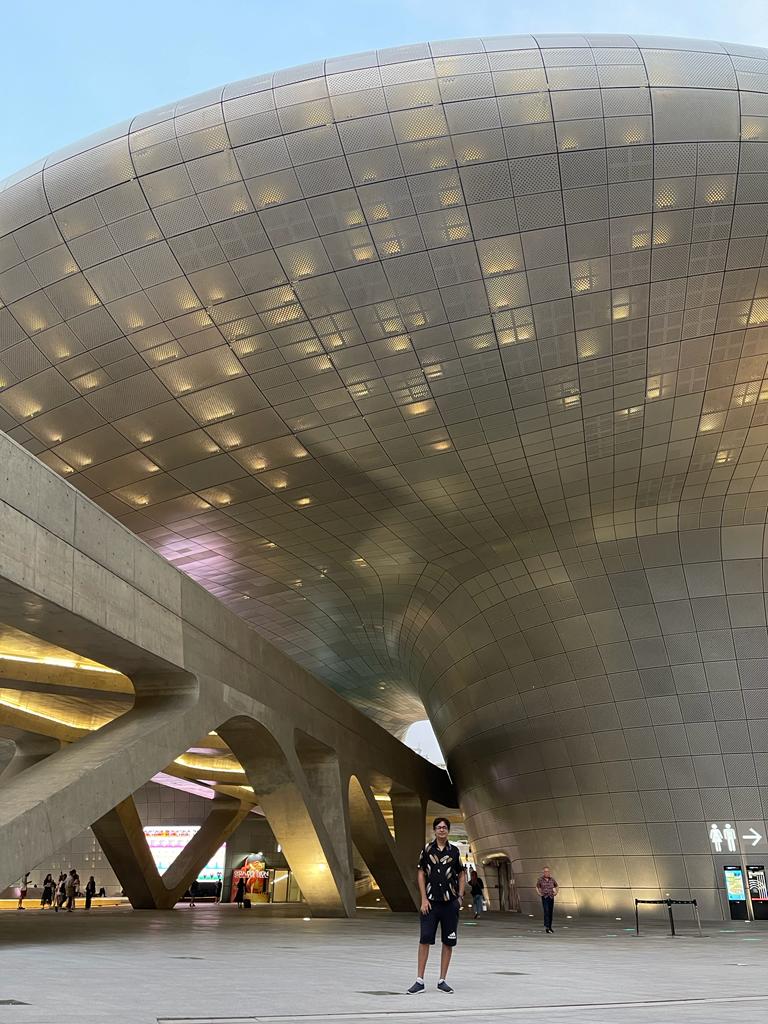
Not only will you find aesthetically beautiful architecture of high-rise buildings in Seoul and Busan, but they are also equipped with a lot of state-of-the-art technologies. For example, smart windows are able to change their opacity, allowing natural light in while reducing heat gain or loss. This can save energy and make buildings more comfortable.
Smart elevators use sensors to track the movement of people in a building and optimize elevator usage. For example, if there are more people on one floor than another, the elevators will be programmed to prioritize that floor.
Smart lighting uses sensors to adjust the brightness of lights according to the amount of natural light in a room. Smart HVAC systems use sensors to adjust the temperature and humidity in a building according to occupancy and weather conditions. Smart security systems use sensors to detect unauthorized entry and alert the authorities. Smart parking systems use sensors to track the availability of parking spaces and guide drivers to available spaces.
Restaurant Techs

Self-service kiosks are becoming increasingly popular in South Korea. I used them to order food and drinks, pay for my meal with a card, and even pick up my food without having to interact with anyone. Tablet ordering and QR menus are also common. I have heard that some restaurants use AI-powered robots to serve.
Robots and AR, VR
What I found interesting is the cooking robot. The LG Hom-Bot Chef is a robot that can cook a variety of dishes, including pasta, rice, and stir-fries. There are other cooking robots that are becoming popular, like the Samsung Bot Chef and Nomiku.
I have come across a robot barista. The Dal.komm's b.eat robot's new model can communicate directly with customers through an app. It can receive voice orders, recommend drinks, answer customers' questions, and even wave its arms to passersby. This robot barista can brew as many as 90 coffee-based drinks per hour while working on as many as 14 drinks simultaneously.
AR/VR are used widely in entertainment centers.
Robots are increasingly used in households for tasks such as cleaning, cooking, nursing, delivery, security, and even as pets. For instance, LG's robot vacuum cleaner is a popular household item, and robotic mops have also entered the market. Additionally, service robots for elderly care, such as the "Sil-bot," have been introduced to provide companionship and help with basic tasks.
South Korea has established itself as a global leader in robotics technology, with roughly 710 robots per 10,000 manufacturing workers.
2. Technological Renaissance: What factors made this South Korean story a success?
There are a few reasons why South Korea has been so successful in using homegrown technologies.
South Korea has made significant technological advancements, especially in the development of local companies to change their people’s lives. These advancements have been driven by a number of factors, including:
Investment in research and development: The South Korean government has made significant investments in research and development, which has helped to create a vibrant innovation ecosystem in the country. In the 1980s, the government began to invest in information and communications technology (ICT), and South Korea became a global leader in the production of semiconductors and smartphones. South Korea's R&D investment has continued to grow in recent years. In 2020, South Korea spent $80.6 billion on R&D, which was equivalent to 4.8% of its GDP. This made South Korea the 10th largest R&D spender in the world.
South Korea's R&D investment has also helped to create a strong ecosystem for tech innovation. The government has established a number of research institutes and universities that focus on R&D. These institutions have helped to train a skilled workforce and to create a pool of knowledge that can be tapped into by tech companies.
The government has also created a number of incentives for businesses to invest in R&D. These incentives include direct funding, tax breaks, grants, and subsidies. These incentives have helped to make R&D more affordable for businesses and have encouraged them to invest in new technologies.
Risk-taking mindset: South Korean companies are very good at taking risks. They are not afraid to experiment with new technologies, even if they are not sure if they will be successful. For example, Samsung was the first company to mass-produce the flexible OLED display, LG was the first company to mass-produce the OLED TV, SK Hynix was the first company to mass-produce the 3D NAND flash memory. These are just a few examples of South Korean companies that have taken risks and succeeded. These companies are willing to invest in new technologies, even if they are not sure if they will be successful. This willingness to take risks has helped them to become leaders in their respective industries.
Support for startups: The South Korean government has also implemented a number of policies and programs to support startups, such as providing tax breaks, access to venture capital, mentorship programs, and coworking spaces.
Openness to new technologies: South Korean people are very open to new technologies. They are willing to try new things, and they are not afraid to change their habits.
Focus on user experience: South Korean companies are very good at designing products and services that are user-friendly. This is evident in the many homegrown platforms that are used in South Korea like Kakao, Naver, T Map. They invest heavily in research and development to create products and services that are easy to use and that meet the needs of their users.
Localization - The Unsung Hero: For an outsider, using apps like Naver Map and Papago (a translation tool) feels necessary because global giants don’t dominate the local landscape here. This dominance of homegrown apps underscores the importance of localization. These apps cater explicitly to the unique cultural, linguistic, and societal needs of Koreans. Naver Map, for instance, offers extremely detailed local maps with a user interface tailored for Korean users. Papago, on the other hand, provides translations finely tuned for the Korean language, capturing nuances that global competitors might miss.
Partnership with global companies: South Korean companies are not afraid to partner with global companies. This has helped them to gain access to new markets and technologies. Through Licensing, Joint venture, and acquisitions, South Korean companies quickly expanded their product offerings and entered new markets.
Technology Transfer: South Korean companies sent their engineers to the United States to study at top universities, such as Stanford and MIT. These universities offered cutting-edge programs in engineering and technology. South Korean engineers were able to learn about the latest technologies and to bring that knowledge back to South Korea. South Korean companies recruited Korean-American engineers who had experience working in the United States. These engineers were familiar with the latest technologies, and they were able to help South Korean companies to quickly transfer technology. South Korean companies established research and development centers in the United States. These centers allowed South Korean companies to collaborate with American scientists and engineers and to gain access to the latest technologies. South Korean companies were able to hire American engineers and scientists who were experts in the latest technologies.
These factors have helped South Korea to become a global leader in technology. South Korea's rapid technological ascent didn't happen overnight. It is a culmination of decades of investment in research, development, and education. The government's policies, coupled with significant investments in the tech sector in the 1990s and 2000s, have played a pivotal role in propelling the nation into the technological forefront. Infrastructure development, relentless pursuit of innovation, and fostering a startup culture have been instrumental in crafting this success story.
3. How Bangladesh Can Follow South Korea's Footsteps to Become a Future-Forward Society?
South Korea's technological renaissance offers a fascinating blueprint for nations worldwide. Their embrace of homegrown technologies has not only simplified daily life but has also fostered a culture of innovation, efficiency, and progress. Here are some ways Bangladesh can learn from South Korea's experience with homegrown technologies:
- Invest in research and development. According to the World Bank, Bangladesh spent only 0.35% of its GDP on research and development (R&D) in 2020. This is significantly lower than the global average of 2.2%. The reason may be that the government needs to prioritize spending on basic necessities, such as healthcare and education, over R&D, or there may not be enough scientists and engineers in Bangladesh to conduct R&D at a significant scale. Or there may be a lack of appreciation for the value of research and innovation in Bangladesh. Many people believe that R&D is a waste of time and money, and that it is better to focus on more immediate problems. Whatever the reason may be, this has to change, including the mindset about R&D. One thing the South Korean story taught us is that R&D was the key element of their success. There are different ways we can do this. One option can be identifying specific potential technologies and directing government funding for R&D to universities and private companies jointly.
- Create a favorable environment for startups. Bangladesh has a number of policies and programs that are designed to support startups. This includes providing tax breaks, access to venture capital, mentorship programs, building infrastructure, etc. But at the scale they are required, they are not sufficient. The ticket size of local VCs is not big enough to create an impact, let alone R&D. Many of the startups have raised funds from abroad. In this case, the government needs to create a legal structure and favorable policies according to international standards, so that foreign investors have the confidence to invest in Bangladeshi-formed companies. Why do local startups have to form companies in Singapore/USA to receive VC funds? Trust build-up is necessary. What do startups want? Cost-effective infrastructure, access to finance for at least medium-term sustainability, and skilled resources. The more we can provide them, the more the startup ecosystem will mature.
- Adapt to new technologies. Like South Korea, we, as entrepreneurs, should not be afraid to adopt new technologies. We should be willing to experiment with new technologies, even if we are not sure if we will be successful. South Korea started investing in electronics and shipbuilding in the '70s, in ICT in the '80s, and became a global leader in the production of semiconductors and smartphones. Like them, we should be ahead of our time and invest in the next big technologies.
- Focus on the local market. Bangladesh is a growing economy and enjoying a demographic dividend. It is a big market in a small land. Once perceived population as a burden, turned out to be a blessing with the economic development of Bangladesh. So there are lots of opportunities that homegrown companies can explore. Local companies know their market, people, and culture better. So they need to design products and services that are user-friendly to their market, tailored to their people's language, culture, and behavior. South Korean companies did exactly that - they built products and services tailored to their population. That's why their people have chosen local products over global products. We can learn from South Korea's experience by focusing on localization.
- Create a skilled workforce: The South Korean government provided scholarships and other financial assistance to students who wanted to study science and technology. They also promoted technical education, and there are a number of vocational schools and technical colleges in the country. These schools offer training in a variety of technical fields, such as engineering, computer science, and manufacturing. We can follow these. In the 60's South Korea also had low skilled workforce, then they changed their focus to high skilled workforce in the late 70's. For Bangladesh it is imperative to move towards skilled workforce to be competitive.
- Technology transfer through expats: South Korean companies opened R&D centers in the USA, hired their expats, and transferred technologies to their country. We can follow that. There are many Bangladeshi expats working in big tech companies. With proper incentives, Bangladeshi companies can utilize their knowledge and skills.
- Partner with global companies: Partnership with global companies helped South Korea to gain access to new markets and technologies. We can learn from South Korea's experience and build our innovation ecosystems and compete in the global marketplace.
- See the big picture: The world is changing as we speak. Every country now wishes for technological independence mainly because of security and control. There is no alternative but to grow Homegrown technologies for this to happen. In 1980, the South Korean government did some research on future industries to enter and they identified three - Semiconductors, computers, and telecommunications. Two years later, in 1982, the Korean Ministry of Science and Technology announced a nationwide R&D program to upgrade the nation's technology economy. Semiconductor industries got the largest share of some $500 million R&D fund to be funded in the next 5 years. Then local companies like Samsung, Hyundai, and Goldstar (LG) joined and invested in the semiconductor business. Their journey had many failures but they kept innovating and investing, and now their names the industry is known worldwide. What we can learn from this? Identify future technologies, invest in R&D, create an environment for local companies to grow.
In conclusion
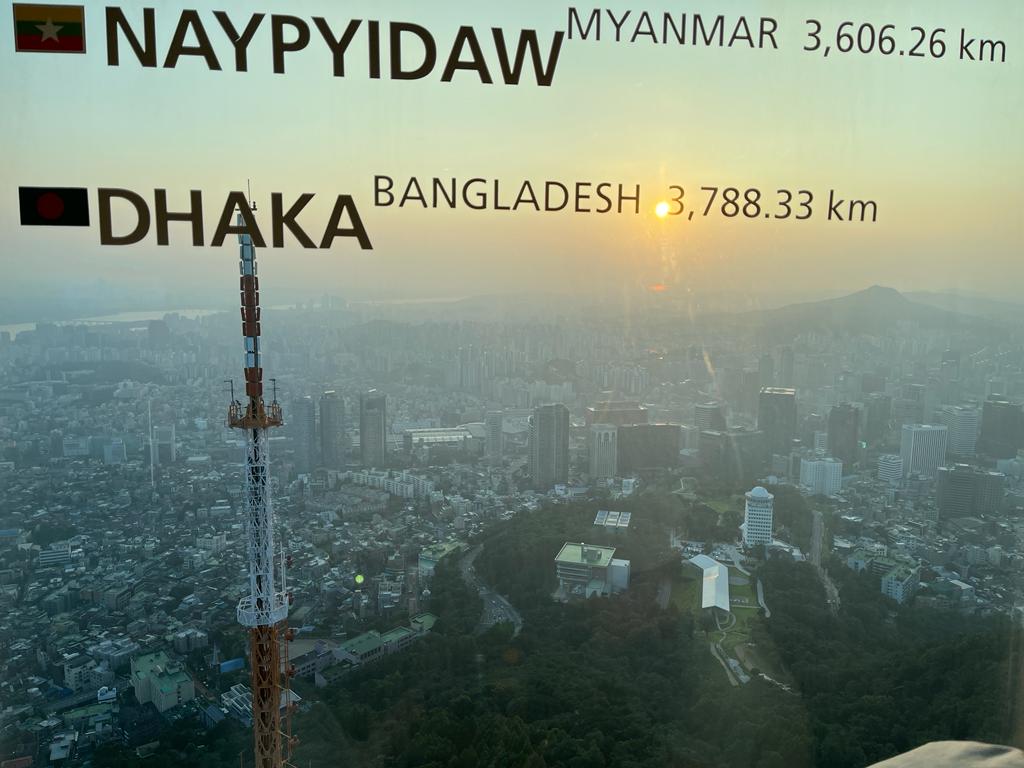
In South Korea, what fascinated me the most was that they are using their homegrown technologies to improve the lives of their citizens. It's a story of technology, but more importantly, a tale of how technology can enhance life. I dream of the same for Bangladesh. We are just striving to solve one piece of the puzzle, and when the pieces come together, magic will happen.
Any thoughts or questions? write me at tashfin@kotha.app

